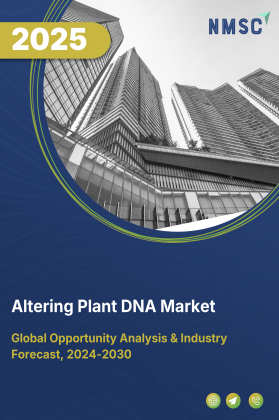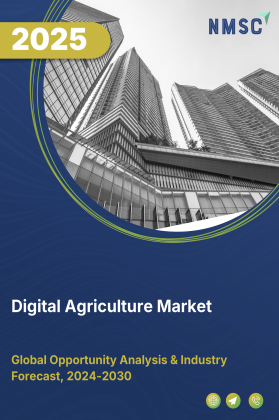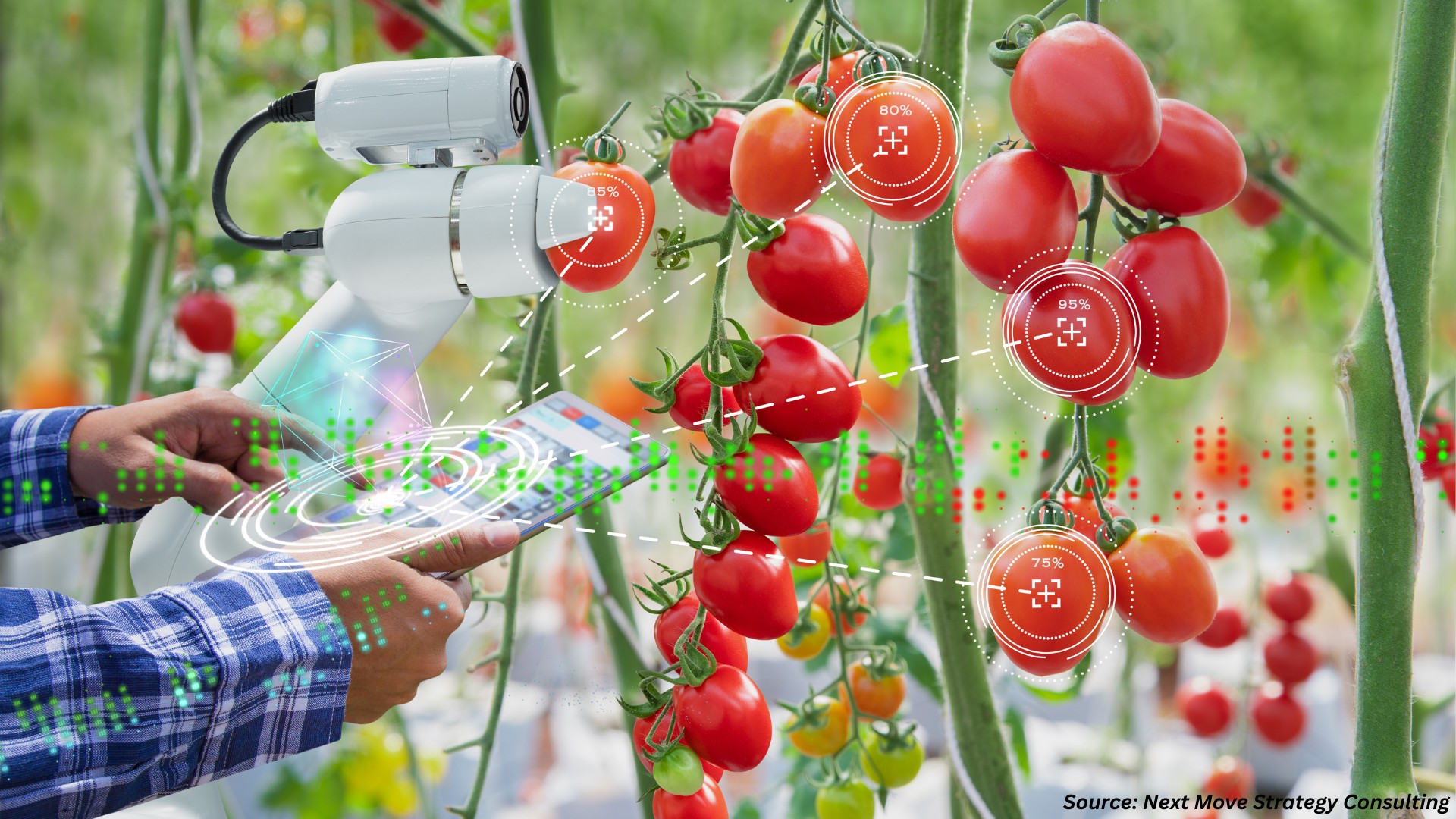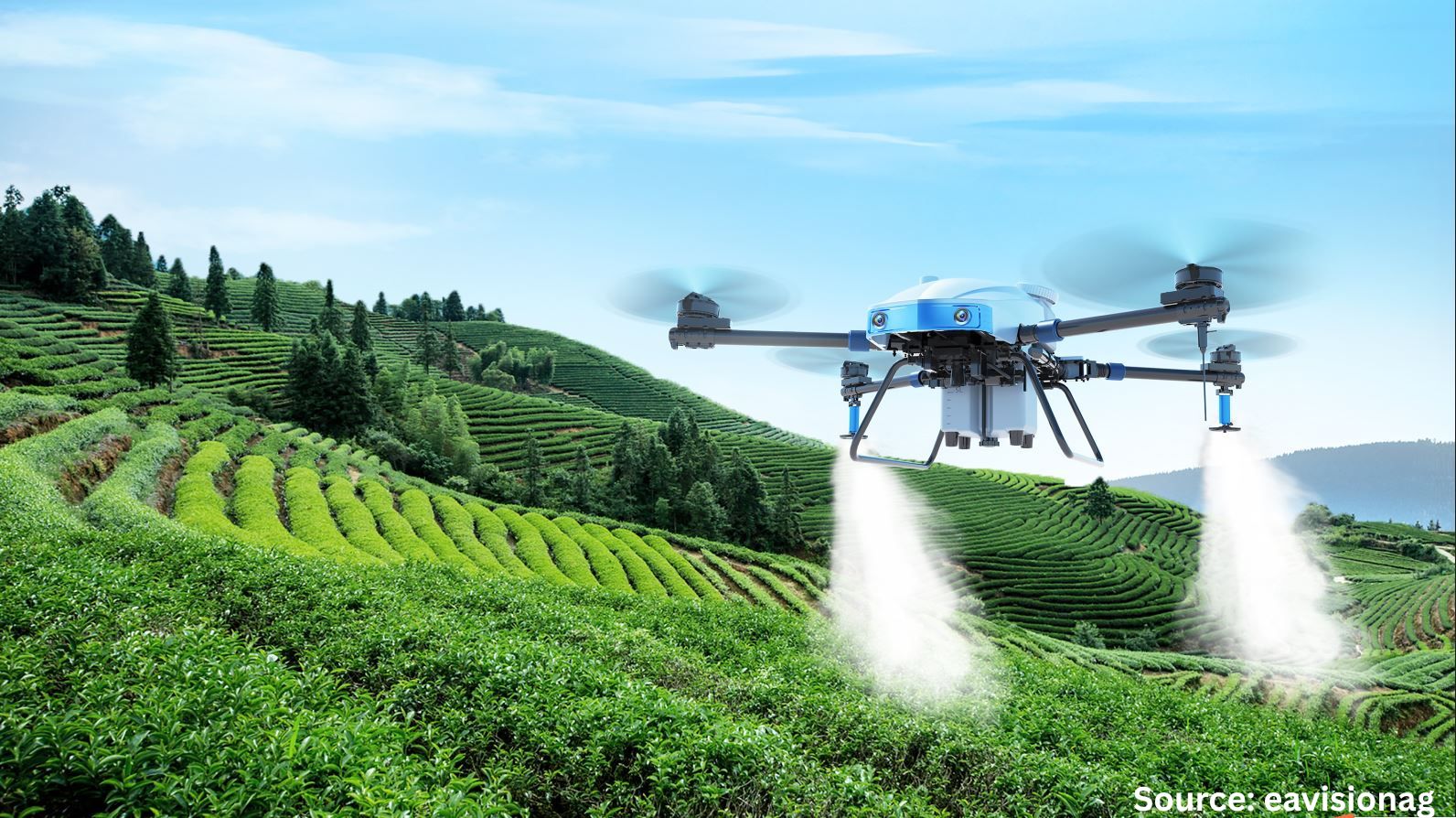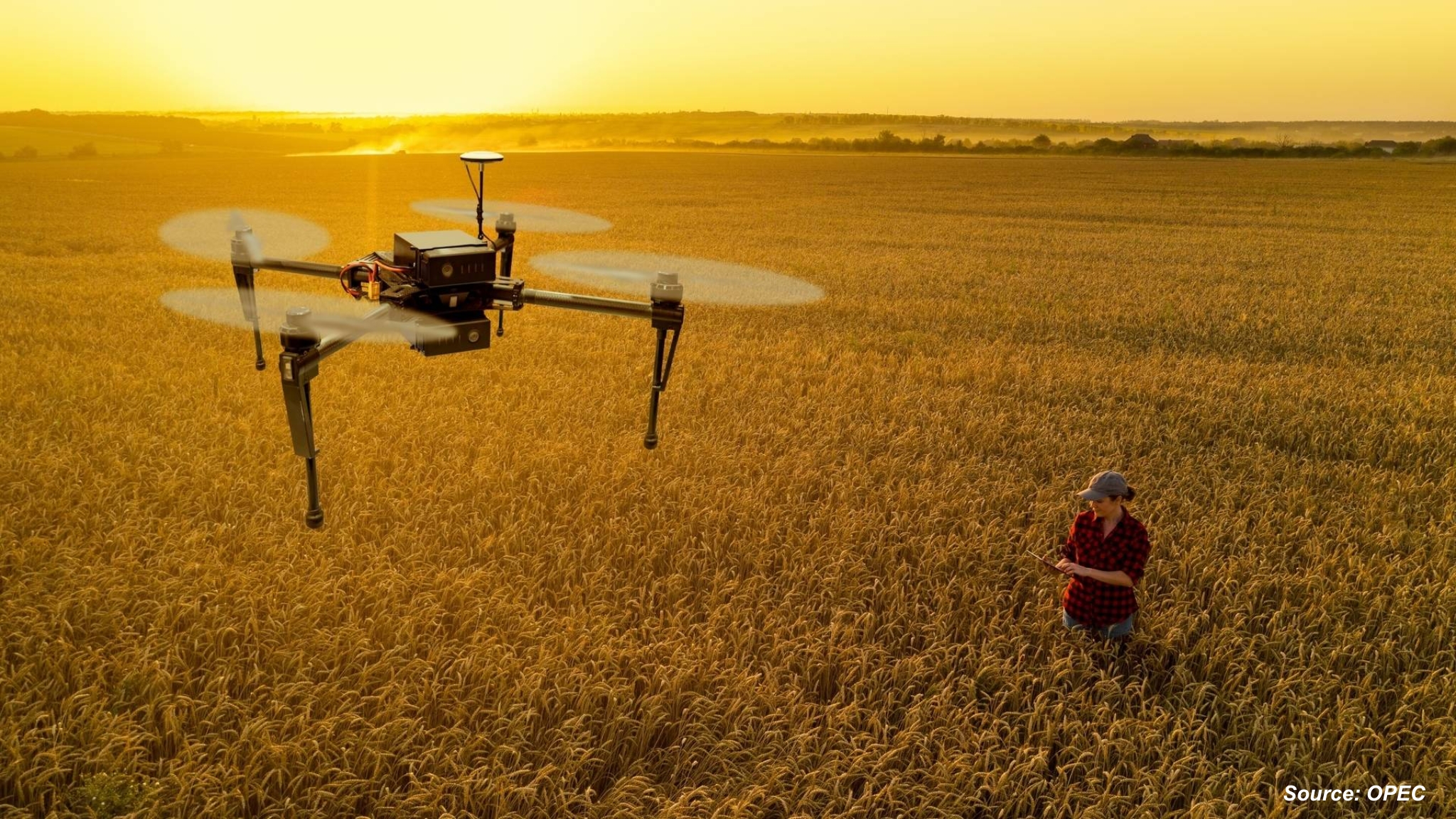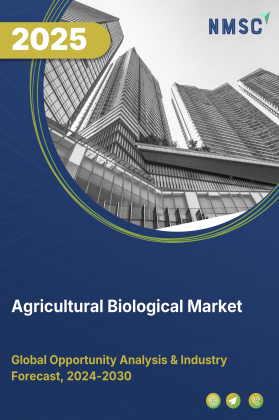
Agricultural Biological Market by Product (Biocontrols, Biostimulants, and Others), by Crop Type (Cereals and Grains, Oilseeds and Pulses, Fruits and Vegetables, Turf and Ornamentals, and Others), by Formulation (Liquid, Dry, and Advanced Delivery Systems), by Source (Microbials, Macrobials, Natural Products, and Other Sources), by Application (Foliar Spray, Seed Treatment, Soil Treatment, and Post-Harvest Treatment) – Global Opportunity Analysis and Industry Forecast 2025 – 2030.
Industry Overview
The global Agricultural Biological Market size was valued at USD 17 billion in 2024 and is estimated to reach USD 19.52 billion in 2025 and is predicted to reach USD 38.92 billion by 2030 with a CAGR of 14.8% from 2025-2030. The industry is experiencing significant growth, driven by the rising demand for sustainable and eco-friendly farming practices.
Farmers are increasingly adopting biopesticides, biofertilizers, and bio stimulants to enhance crop yields, improve soil health, and reduce reliance on chemical inputs. Moreover, growing consumer awareness about food safety and the preference for organic, chemical-free produce are further boosting the agricultural biological market demand.
While high costs and specific storage requirements limit adoption, opportunities such as the integration of precision agriculture technologies are enabling more efficient application and better resource management. Collectively, these factors are fueling the global expansion of the market, presenting strong growth prospects across regions.
Rising Demand for Sustainable Agriculture Drives the Market Growth
The rising demand for sustainable agriculture is a major driver of the agricultural biological market growth, as farmers increasingly seek eco-friendly alternatives to chemical fertilizers and pesticides. Agricultural biologicals, such as biopesticides, biofertilizers, and bio stimulants, help enhance crop yield, improve soil health, and protect the environment, aligning with global efforts to reduce chemical inputs.
Growing awareness among governments, consumers, and agribusinesses about the environmental and long-term productivity benefits of sustainable farming is accelerating the adoption of these biological solutions, thereby fuelling the market expansion worldwide.
Increasing Consumer Awareness About Food Safety Boosts Market Demand
Growing consumer concern over food safety and chemical residues in crops is driving the demand for agricultural biologicals. Shoppers are increasingly preferring organic and chemical-free produce, prompting farmers to adopt biopesticides, biofertilizers, and other biological solutions that reduce the use of synthetic chemicals.
This shift not only ensures safer and healthier food for consumers but also supports environmentally sustainable farming practices. As awareness of food safety continues to rise globally, the adoption of agricultural biologicals is accelerating, making it a significant driver of market growth.
Technological Advancements in Bio-Products Fuel Market Expansion
Innovations in agricultural biologicals are driving market growth by making these products more effective, reliable, and easier to use. Advances in formulation, delivery methods (such as seed coatings, foliar sprays, and soil amendments), and shelf-life stability have enhanced the performance of biopesticides, biofertilizers, and bio stimulants.
These technological improvements allow farmers to achieve higher crop yields, better disease and pest control, and improved soil health, while minimizing environmental impact. As research and development in bio-products continue to accelerate, their adoption across global agriculture is expanding, fueling the growth of the market.
High Cost of Agricultural Biologicals Limits the Market Growth
One of the key restraints of the market is the relatively high cost of these products compared to conventional chemical fertilizers and pesticides. Small and medium-scale farmers, particularly in developing regions, find it challenging to invest in biological solutions due to budget constraints.
Additionally, some biologicals require specific storage conditions or have shorter shelf lives, adding to handling and operational costs. These factors limit widespread adoption, slowing market growth despite the increasing demand for sustainable and safe agricultural practices.
Integration of Precision Agriculture Technologies Unlocks New Growth Opportunities for the Market
The adoption of precision agriculture presents a major opportunity for the market. By combining biological products with advanced technologies such as IoT sensors, drones, and data-driven crop management, farmers apply biopesticides, biofertilizers, and bio stimulants more efficiently and effectively.
This targeted application not only improves crop yield and resource use efficiency but also enhances the overall effectiveness of biological solutions. As precision agriculture gains traction globally, integrating it with agricultural biologicals offers significant growth potential for market players.
Market Segmentations and Scope of the Study
The agricultural biological market report is segmented based on product, crop type, formulation, source, application and region. By product, the market includes biocontrols, biostimulants and biofertilizer. By crop type, the market covers cereals and grains, oilseeds and pulses, fruits and vegetables, turf and ornamentals, and others. Formulation-wise, it is classified into liquid, dry, and advanced delivery systems. By application, agricultural biologicals are applied through foliar spray, seed treatment, soil treatment, and post-harvest treatment. The market is further analyzed across key regions including North America, Europe, Asia-Pacific, and the Rest of the World.
Geographical Analysis
In North America, the agricultural biological market share is being driven by the rapid growth of organic farming, particularly in the United States, where organic agriculture accounted for over 6% of total food sales and 15% of all produce sales in 2025, according to the Organic Farming Research Foundation.
Rising consumer demand for organic, chemical-free, and environmentally friendly produce is encouraging farmers to adopt biopesticides, biofertilizers, and bio stimulants. Coupled with supportive government policies promoting sustainable agriculture and soil health, this trend is significantly fueling the adoption of agricultural biologicals in the region.
In Europe, the market is driven by stringent regulations aimed at reducing the use of chemical pesticides and fertilizers. Policies such as the European Union’s Farm to Fork Strategy and other environmental directives encourage farmers to adopt eco-friendly and sustainable agricultural practices.
This regulatory push, combined with increasing consumer preference for organic and safe food, is driving the demand for biopesticides, biofertilizers, and bio stimulants. As a result, Europe represents a key market for agricultural biologicals, with growth fueled by both compliance requirements and the rising focus on environmental sustainability.
The market in Asia-Pacific is increasingly driven by rising consumer awareness and demand for safe, chemical-free, and high-quality food. With expanding populations and improving standards of living in countries like India, China, Japan, and Southeast Asian nations, consumers are becoming more health-conscious and prefer produce that is free from harmful chemical residues. This trend is prompting farmers to adopt biopesticides, biofertilizers, and bio stimulants as safer alternatives to conventional chemical inputs.
In addition, supportive government initiatives promoting organic and sustainable agriculture such as subsidies, training programs, and policy frameworks, are facilitating wider adoption of these biological solutions. Together, these factors are creating significant growth opportunities for agricultural biologicals providers in the Asia-Pacific region.
In the Rest of the World (RoW), the market is benefiting from increasing investments in modern and sustainable farming practices. Governments and private stakeholders across Latin America, Africa, and the Middle East are actively promoting advanced agricultural techniques, providing training programs, and developing infrastructure to boost productivity and ensure food security.
This emphasis on modern, efficient, and eco-friendly agriculture is driving farmers to adopt biopesticides, biofertilizers, and bio stimulants as safer alternatives to conventional chemical inputs. Consequently, these regions are emerging as significant growth opportunities for agricultural biologicals providers.
Strategic Innovations Adopted by Key Players
Key players in the agricultural biological industry are actively pursuing product innovation, strategic acquisitions, and international partnerships to strengthen their global presence and meet the growing demand for sustainable farming solutions.
-
In July 2025, Bayer intensified its commitment to sustainable agriculture by integrating biological solutions like nitrogen-fixing microbes into crops such as corn, wheat, and rice, aiming to reduce dependency on chemical fertilizers.
-
In June 2025, Syngenta is positioned itself as a global leader in biologicals, having acquired Novartis' Strains and Natural Products Collection to bolster its portfolio of natural compounds and genetic strains for agricultural use.
-
In May 2025, UPL had entered into an exclusive agreement with Elemental Enzymes, a North American biotechnology company, to enhance its biological offerings in Brazil.
-
In September 2024, Syngenta Biologicals partnered with Provivi to develop a new pheromone-based solution for pest management. The innovative product formulations, made from biodegradable materials, represent significant advancements such as enhanced efficacy and improved environmental sustainability for the benefit of farmers.
Key Benefits
-
The report provides quantitative analysis and estimations of the industry from 2025 to 2030, which assists in identifying the prevailing market opportunities.
-
The study comprises a deep-dive analysis of the current and future agricultural biological market trends to depict prevalent investment pockets in the sector.
-
Information related to key drivers, restraints, and opportunities and their impact on the market is provided in the report.
-
Competitive analysis of the key players, along with their industry share is provided in the report.
-
SWOT analysis and Porters Five Forces model is elaborated in the study.
-
Value chain analysis in the market study provides a clear picture of roles of stakeholders
Agricultural Biological Market Key Segments
By Product
-
Biocontrol
-
Bioinsecticides
-
Biofungicides
-
Bionematicides
-
Bioherbicides
-
Others
-
-
Biostimulants
-
Acid-based
-
Extract-based
-
Protein hydrolysates & amino acids
-
Microbial biostimulants
-
Others
-
-
Biofertilizers
-
Nitrogen-fixing microbes
-
Phosphate solubilizing
-
Potash-mobilizing microbes
-
Mycorrhizal fungi
-
Other nutrient inoculants
-
-
Others
By Crop type
-
Cereals & grains
-
Oilseeds & pulses
-
Fruits & vegetables
-
Turf & ornamentals
-
Others
By Formulation
-
Liquid
-
Dry
-
Advanced delivery systems
By Source
-
Microbials
-
Macrobials
-
Semiochemicals
-
Natural products
-
Other sources
By Application
-
Foliar spray
-
Seed treatment
-
Soil
-
Post-harvest treatment
-
Root Dipping / Transplant Treatment
-
Fertigation
-
Hydroponics & Controlled Environment Agriculture
-
Others
By Region
-
North America
-
The U.S.
-
Canada
-
Mexico
-
-
Europe
-
The UK
-
Germany
-
France
-
Italy
-
Spain
-
Denmark
-
Netherlands
-
Finland
-
Sweden
-
Norway
-
Russia
-
Rest of Europe
-
-
Asia-Pacific
-
China
-
Japan
-
India
-
South Korea
-
Australia
-
Indonesia
-
Singapore
-
Taiwan
-
Thailand
-
Rest of Asia-Pacific
-
-
RoW
-
Latin America
-
Middle East
-
Africa
-
Key Players
-
BASF
-
Syngenta
-
UPL
-
Novonesis Group
-
FMC Corporation
-
Koppert
-
Certis USA L.L.C.
-
Agri Sciences Biologicals B.V
-
IPL Biologicals
-
Lesaffre
-
Catalera BioSolutions
-
Rovensa Next
-
Andermatt Group AG.
Report Scope and Segmentation
|
Parameters |
Details |
|
Market Size in 2025 |
USD 19.52 Billion |
|
Revenue Forecast in 2030 |
USD 38.92 Billion |
|
Growth Rate |
CAGR of 14.8% from 2025 to 2030 |
|
Analysis Period |
2024–2030 |
|
Base Year Considered |
2024 |
|
Forecast Period |
2025–2030 |
|
Market Size Estimation |
Billion (USD) |
|
Growth Factors |
|
|
Countries Covered |
28 |
|
Companies Profiled |
15 |
|
Market Share |
Available for 10 companies |
|
Customization Scope |
Free customization (equivalent up to 80 working hours of analysts) after purchase. Addition or alteration to country, regional, and segment scope. |
|
Pricing and Purchase Options |
Avail customized purchase options to meet your exact research need |

















 Speak to Our Analyst
Speak to Our Analyst



